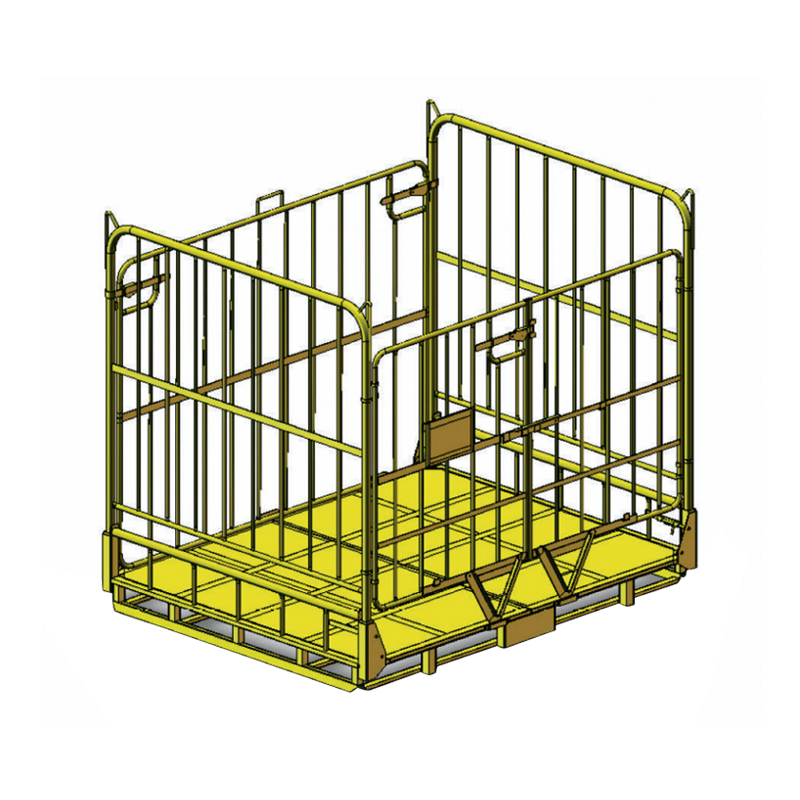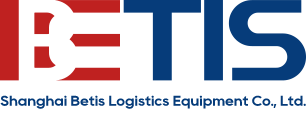Choosing the right storage equipment can directly impact how smoothly materials move through your facility. Mesh containers and solid-sided bins are two of the most common storage tools used in warehousing and logistics, but they serve different purposes based on structure, material handling needs, and cost-efficiency goals. While both offer secure containment, the physical design of a mesh container allows it to stand out in specific operational settings where ventilation, visibility, and reusability are key concerns.
A wire mesh container is constructed from welded steel wire, forming an open-grid structure that’s surprisingly strong yet lightweight. In contrast, solid bins are typically made from plastic, wood, or sheet metal with fully enclosed walls. That difference in construction means mesh containers provide excellent airflow, which can reduce moisture accumulation and support better storage conditions for temperature-sensitive items or parts that benefit from ventilation. In food processing or recycling workflows, this airflow can help keep materials in better condition during storage and transit.
Another practical difference lies in visibility. A mesh container offers a clear line of sight into its contents, which supports faster inventory checks and reduces the risk of misplaced goods. Solid bins, on the other hand, often require labels, barcodes, or even manual checking to confirm contents, which can slow down processes during peak operational hours. This becomes even more relevant in fast-paced environments where workers need to identify and access items quickly without opening every container.
Weight and handling are worth considering too. Solid containers are generally heavier, especially when made from metal, which increases the strain on manual handlers and raises fuel or energy costs for transport. In contrast, mesh containers are lighter and often stackable, making them easier to move with forklifts or pallet jacks. Many models are also collapsible, which reduces return logistics costs and saves valuable floor space when not in use.
Durability and long-term performance are equally important. Welded wire mesh containers hold up well under repeated use, especially under heavy loads. Their open construction also makes it easier to spot wear or damage early, supporting regular maintenance and workplace safety. Solid bins might provide better protection against fine powders or liquids, but for dry, solid parts or bulk materials, mesh designs often strike a better balance between strength and practicality.
Cleaning and maintenance present another key contrast. Mesh containers tend to be easier to clean, especially in applications that require frequent sanitization or exposure to liquids. Their open structure prevents dirt buildup and allows for high-pressure cleaning methods. Solid bins can trap moisture or residue in corners or seams, requiring more effort to fully clean and dry, which may not be ideal in settings with hygiene protocols.
Cost-efficiency is where mesh containers often deliver noticeable advantages. Their longer usable life, combined with features like foldability and reusability, helps lower total ownership cost over time. While solid bins may have a lower initial price point in some cases, they’re often not as space-efficient during storage or transport. For buyers focused on maximizing ROI and operational flexibility, mesh containers typically prove to be a smarter long-term investment.

That said, solid containers still have their place. For fine granules, liquids, or highly sensitive components requiring full enclosure, a solid-sided option might be more appropriate. But for general warehousing, industrial components, and high-volume material movement, the open-wire design of mesh containers brings more operational benefits with fewer trade-offs.
As a manufacturer with years of hands-on production experience, we design our mesh container lineup to meet the demands of modern material handling. From collapsible formats to heavy-duty stackable models, we offer tested, practical solutions that integrate easily into your workflow and help reduce costs across the board. If you're looking for a reliable upgrade that blends durability, flexibility, and efficient storage, our mesh containers are built to deliver exactly that.
Choosing between a mesh container and a solid bin depends on your specific goals—but for visibility, airflow, and space-saving logistics, mesh is often the smarter choice.
